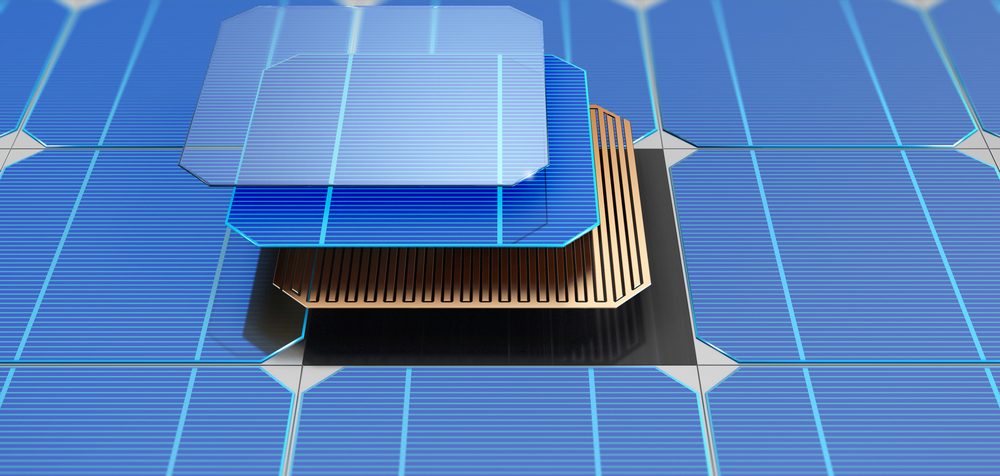
A team of physicists at the Paderborn Center for Parallel Computing (PC2) are using complex computer simulations to create a novel solar cell design that demonstrates substantially higher efficiency than existing options. The enhancement in performance is attributed to a slender coating of the organic compound tetracene.
“The annual energy of solar radiation on Earth amounts to over one trillion kilowatt-hours and thus exceeds the global energy demand by more than 5000 times. Photovoltaics, i.e. the generation of electricity from sunlight, therefore offers a large and still largely untapped potential for the supply of clean and renewable energy. Silicon solar cells used for this purpose currently dominate the market, but have efficiency limits,” said Dr. Wolf Gero Schmidt, physicist and Dean of the Faculty of Natural Sciences at Paderborn University.
One reason for these efficiency limits is that some of the energy from short-wave radiation is converted into unwanted heat, rather than electricity.
“In order to increase the efficiency, the silicon solar cell can be provided with an organic layer, for example, made from the semiconductor tetracene. Short-wave light is absorbed in this layer and converted into high-energy electronic excitations, so-called excitons,” Schmidt explained. “ These excitons decay in the tetracene into two low-energy excitations. If these excitations can be successfully transferred to the silicon solar cell, they can be efficiently converted into electricity and increase the overall yield of usable energy.”
Using complex computer simulations, the researchers were able to show that special defects in the form of unsaturated chemical bonds at the interface between the tetracene film and the solar cell dramatically accelerate the exciton transfer.
According to Schmidt: “Such defects occur during the desorption of hydrogen and cause electronic interface states with fluctuating energy. These fluctuations transport the electronic excitations from the tetracene into the silicon like a lift. In the case of the silicon tetracene interface, the defects are essential for the rapid energy transfer. The results of our computer simulations are truly surprising. They also provide precise indications for the design of a new type of solar cell with significantly increased efficiency.”
